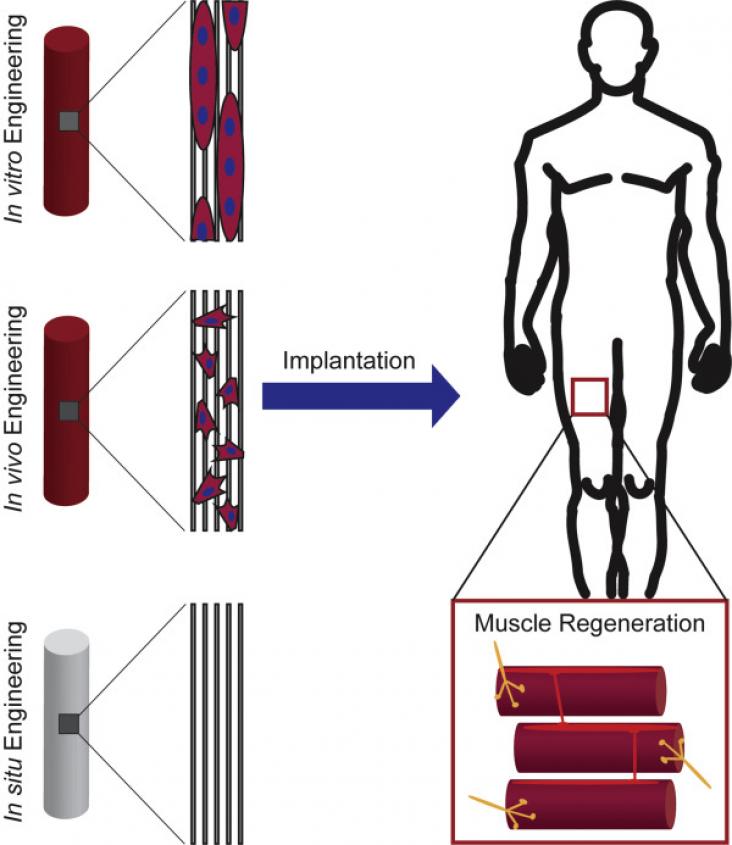Elsevier,
Mental and Behavioral Health of Immigrants in the United States, Cultural, Environmental, and Structural Factors, 2020, Pages 157-178
This chapter addresses Goal 3 by examining the mental health of immigrants in the United States.
Elsevier,
Mental Health and Behavioral Health of Immigrants in the United States, 2020, Pages 179-200
This book chapter addresses SDG 10 and SDG 3 by discussing the ways in which contemporary South Asian Muslim American experiences are further complicated when navigating additional marginalized identities such as gender and sexual orientation, age and generational influences, disability status, class, and national origin
Elsevier,
Rosenberg's Molecular and Genetic Basis of Neurological and Psychiatric Disease (Sixth Edition), Volume 1, 2020, Pages 199-207
This chapter explores a third use of neurotechnology that neither fits squarely into the category of treatment nor carries some of the moral hesitancies of pure enhancement in persons without physical or intellectual impairment. This third category, referred to as enhancement-2, is the enhancement of cognition for persons who have intellectual disabilities. This content addresses SDG 3 by giving comprehensive coverage of the neurogenetic foundation of neurological and psychiatric disease; explaining all aspects essential to the practice of neurogenetics to inform clinical diagnosis, treatment and genetic counseling.
Sensory and consumer researcher can focus on the three main topics exemplified in this short review: corporate and consumer social responsibility, low income or vulnerable consumers, and migration.
Objectives: The mechanisms leading to neurodegeneration in Alzheimer's disease (AD) may involve oxidative stress and neuroinflammation.
At the start of 2020, the 2019 coronavirus disease (COVID-19), originating from China has spread to the world. There have been increasing numbers of confirmed cases and deaths around the globe.
Obesity represents an important public health concern because it substantially increases the risk of multiple chronic diseases and thereby contributing to a decline in both quality of life and life ex

Repair of injured skeletal muscle is a sophisticated process that uses immune, muscle, perivascular, and neural cells.
Background: There is a growing body of research exploring how intimate partner violence affects contraceptive decision-making, recognizing that these decisions are reflective not only of access and ac
In 2016, the World Health Organization declared that ‘Health is one of the most effective markers of any city's successful sustainable development’ (World Health Organisation, 2016).
